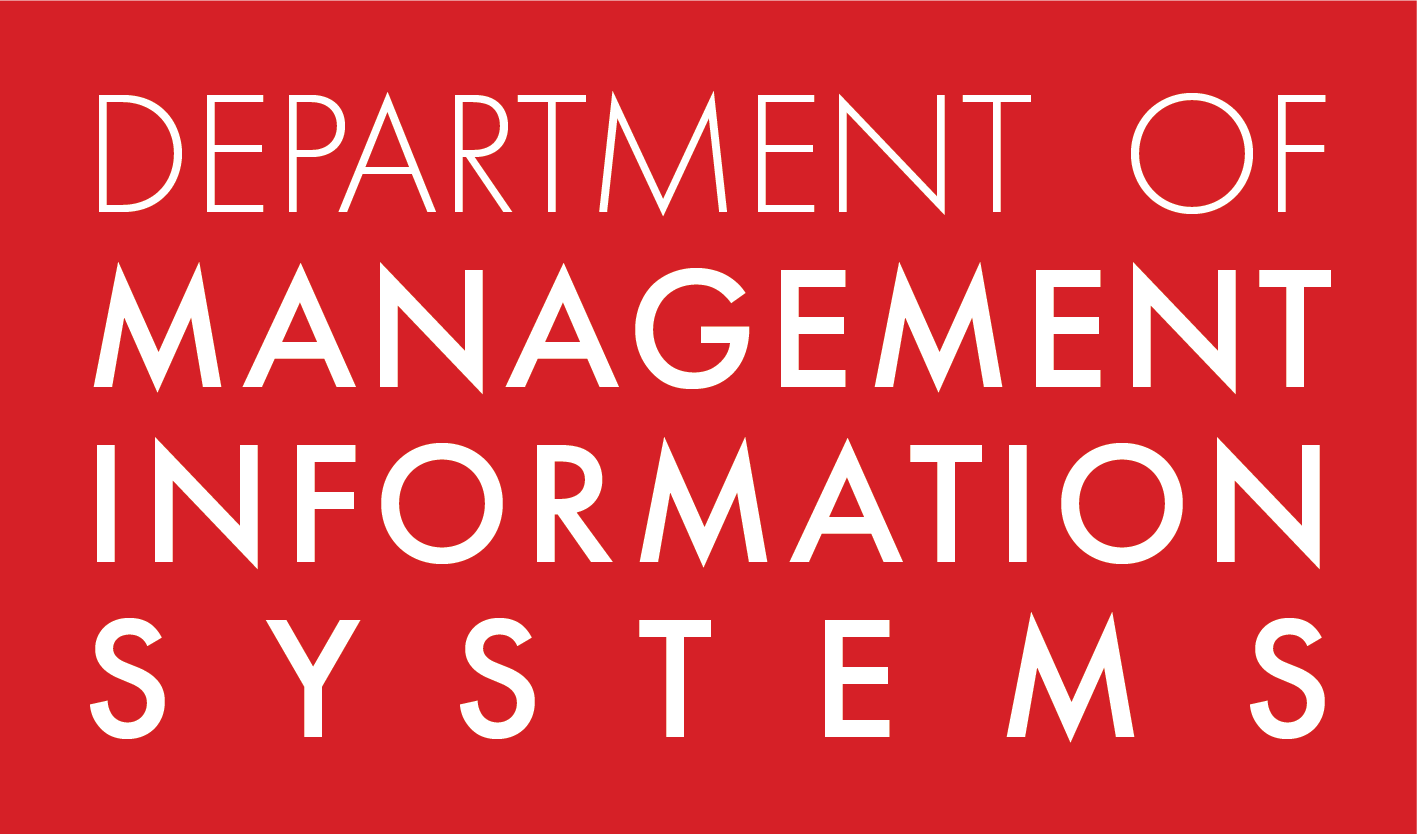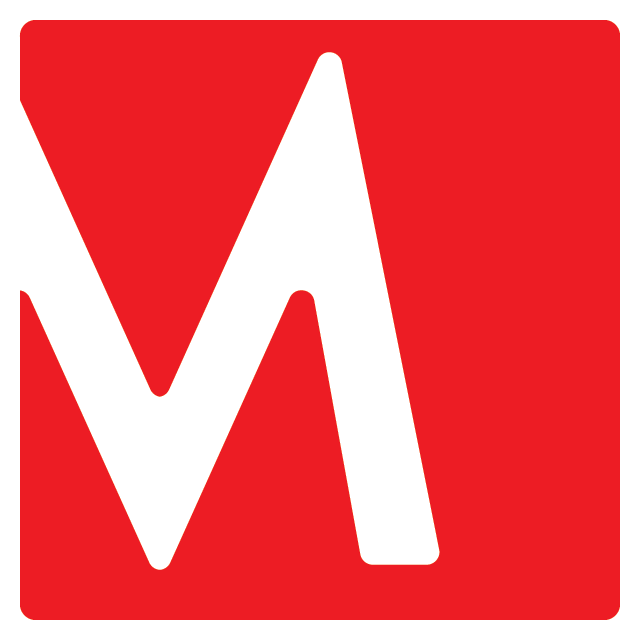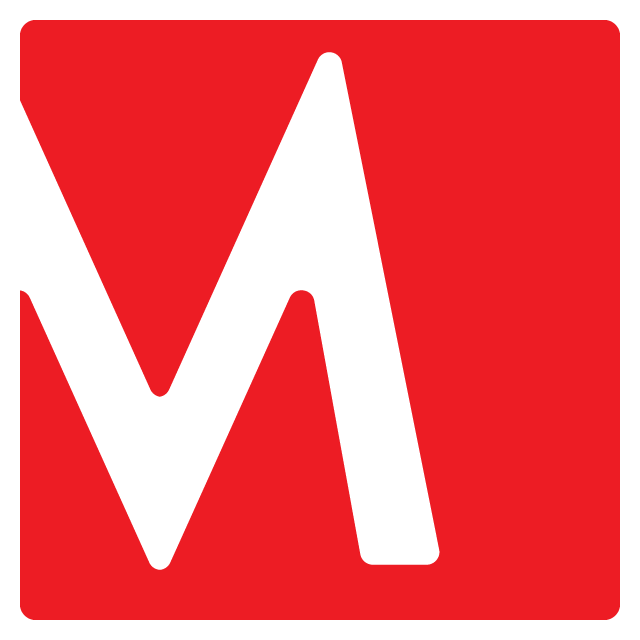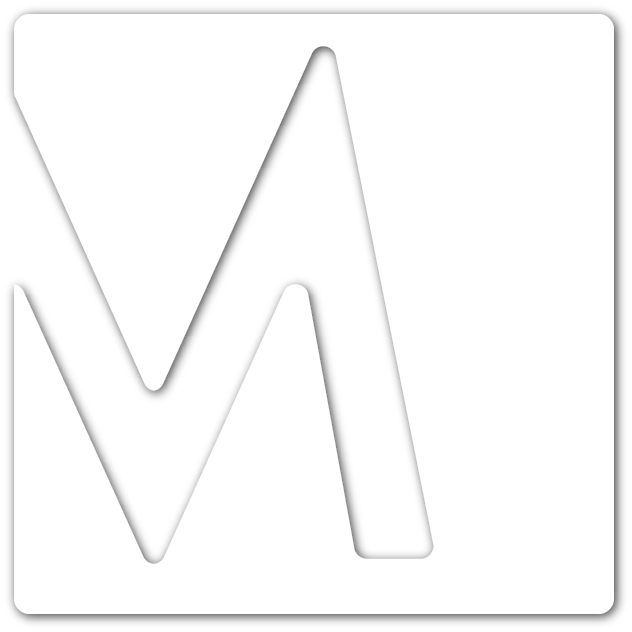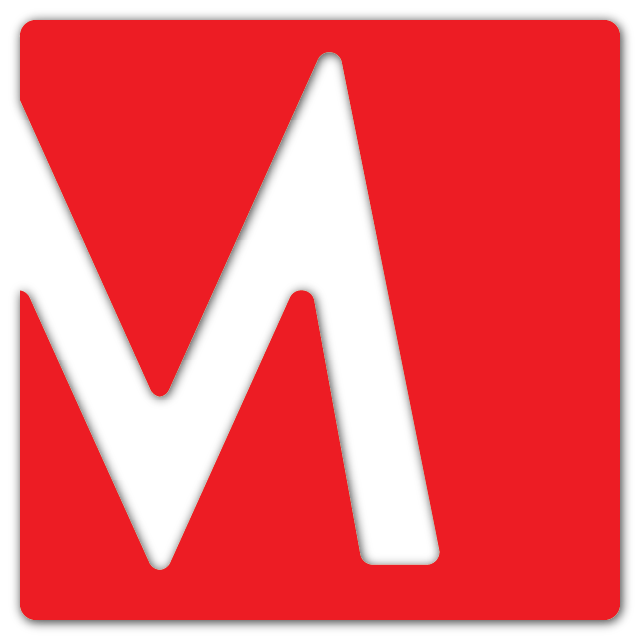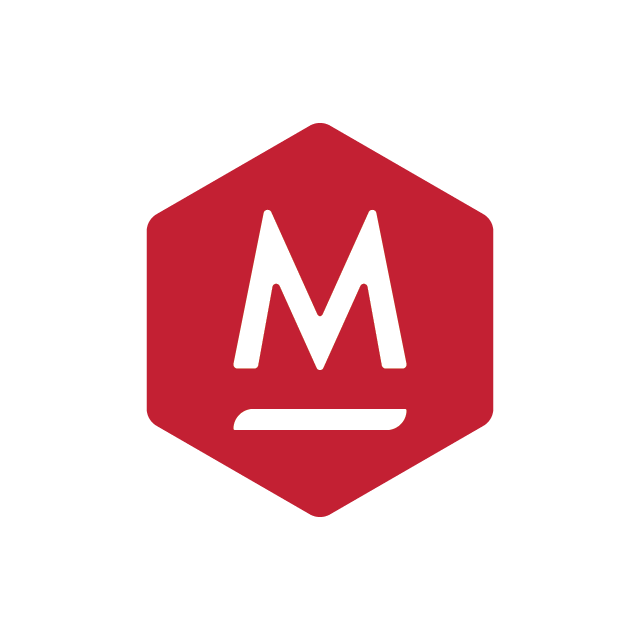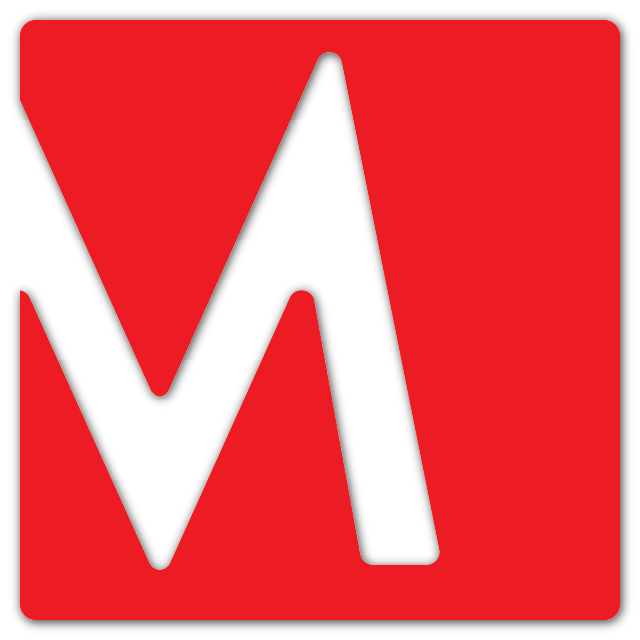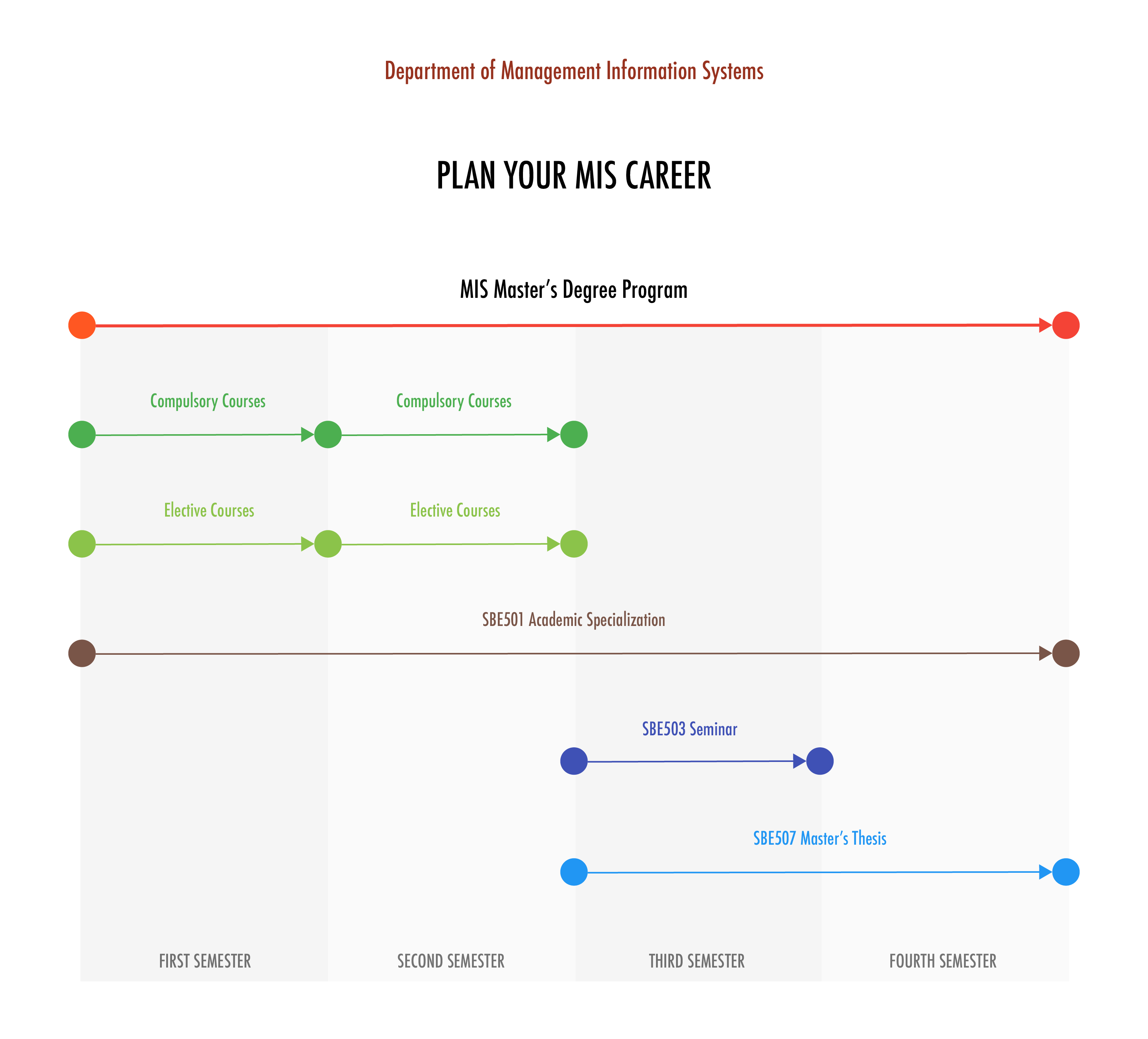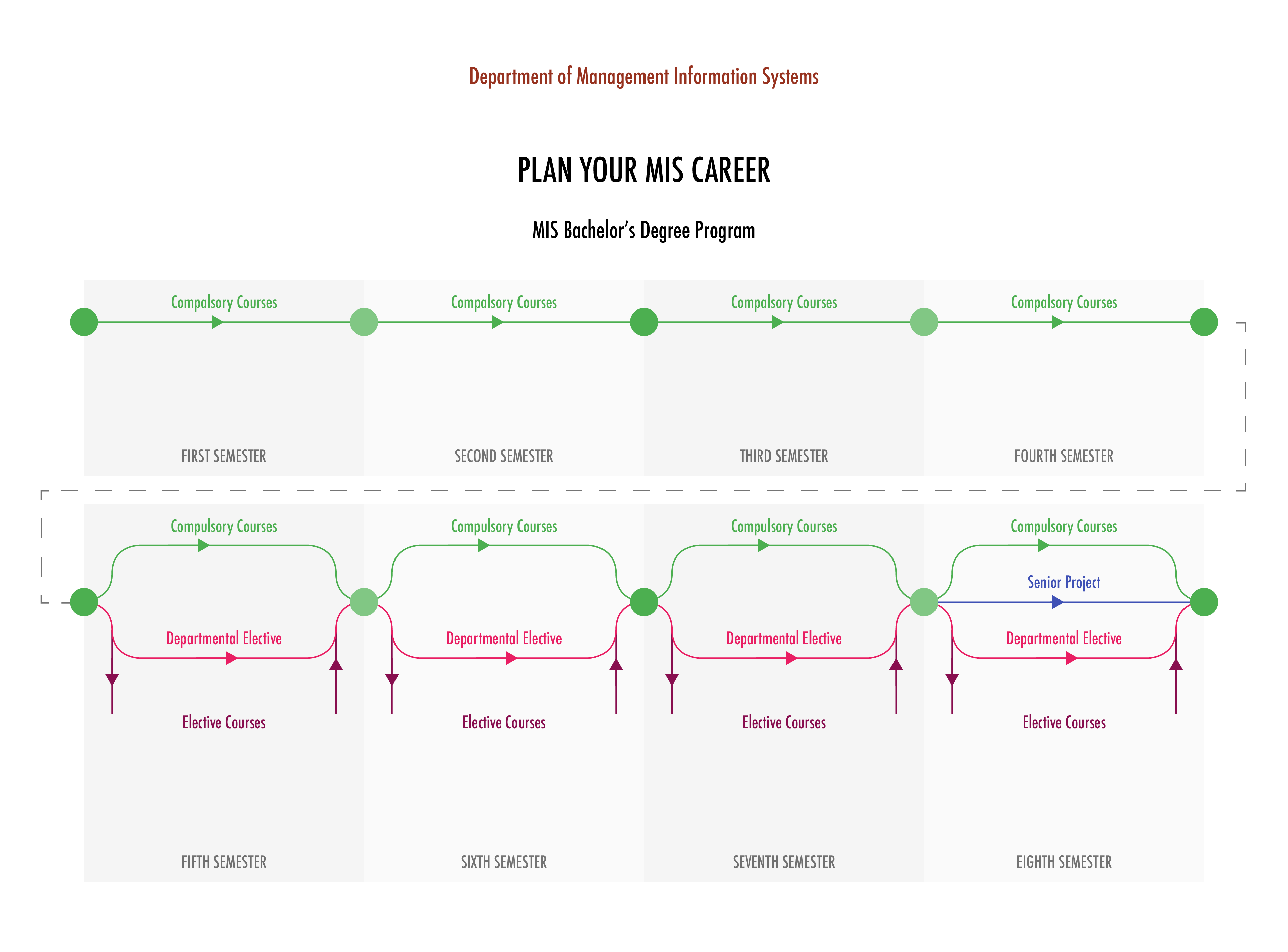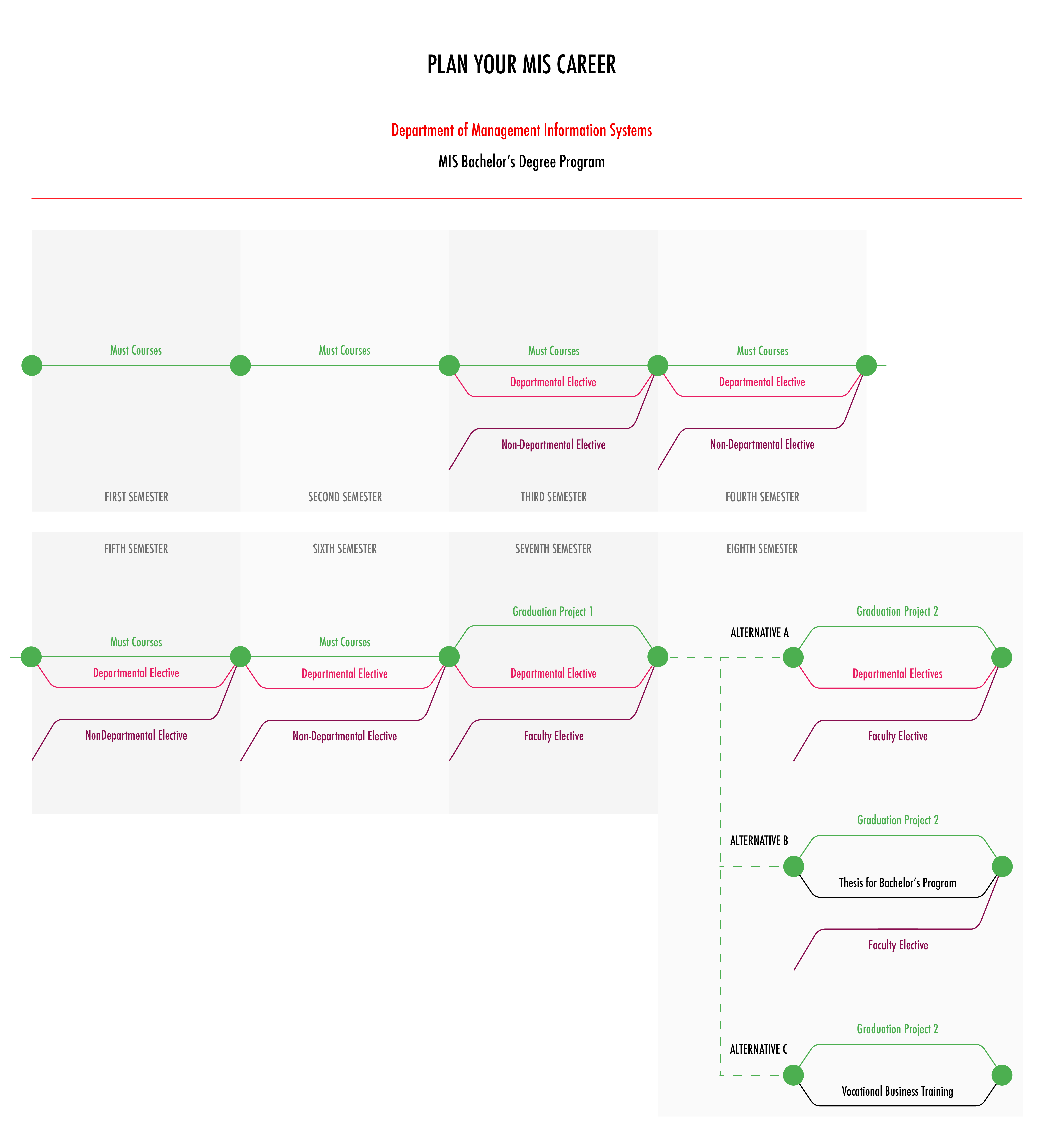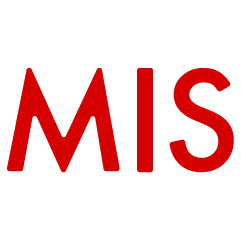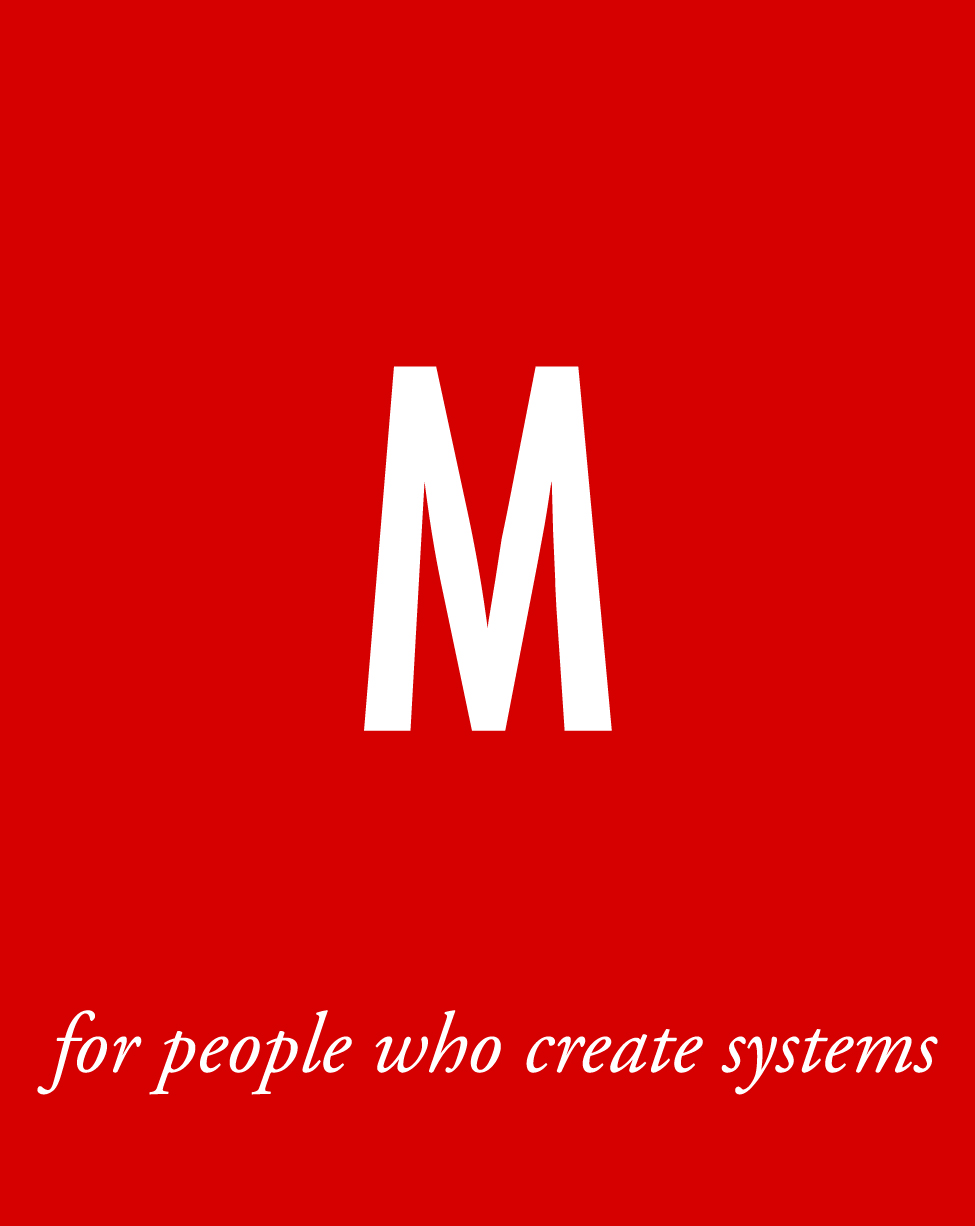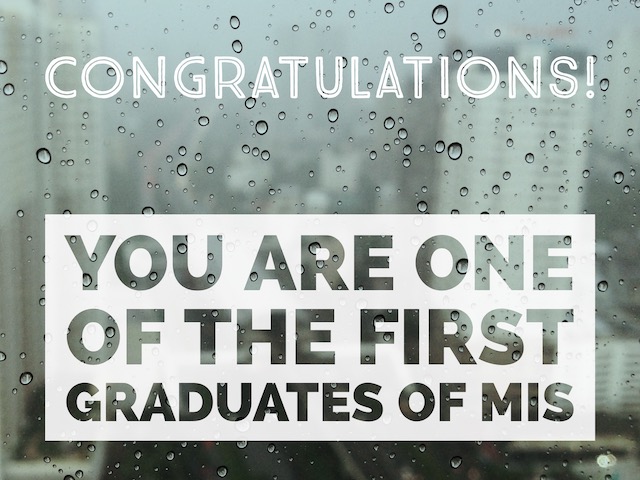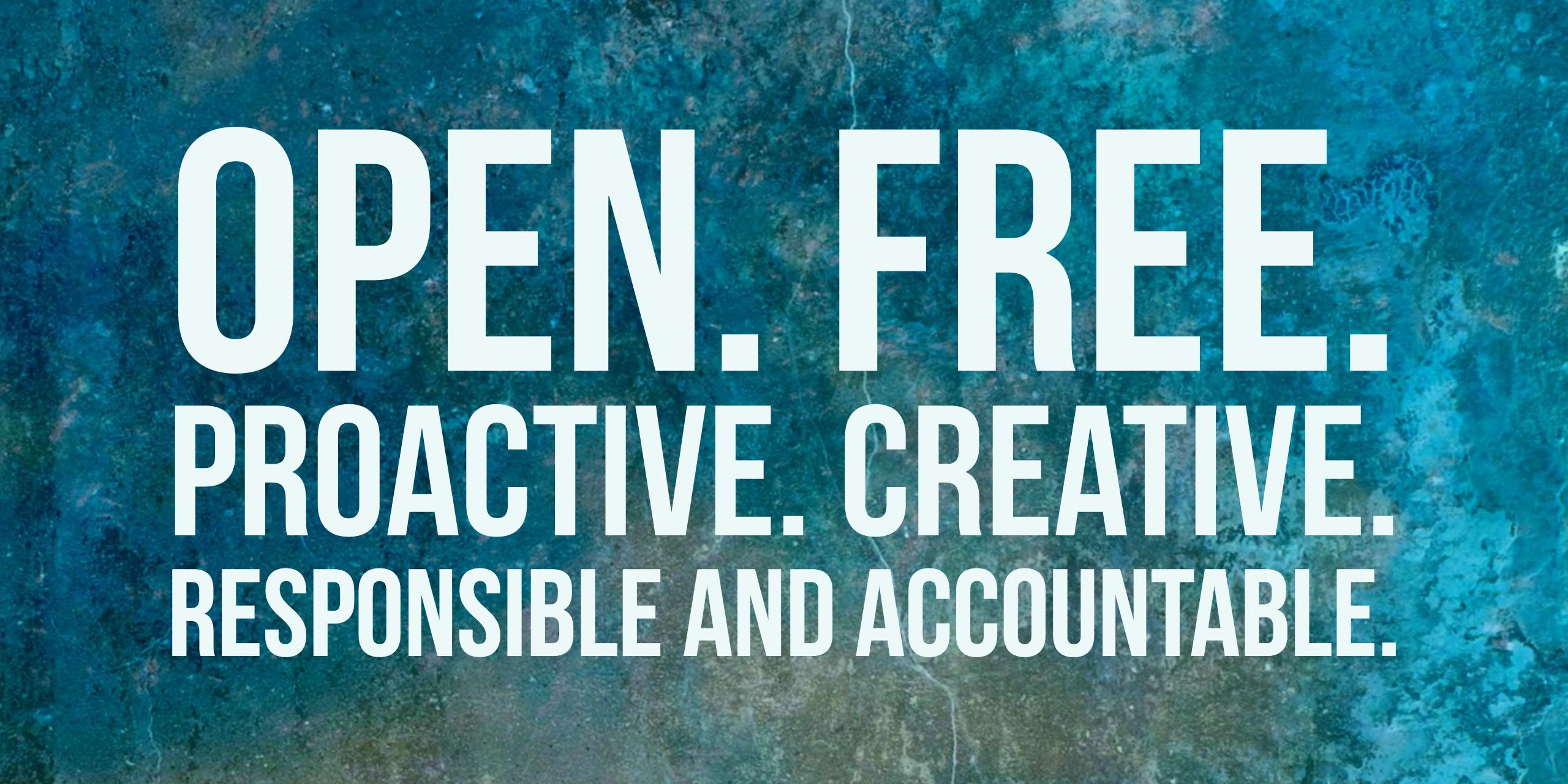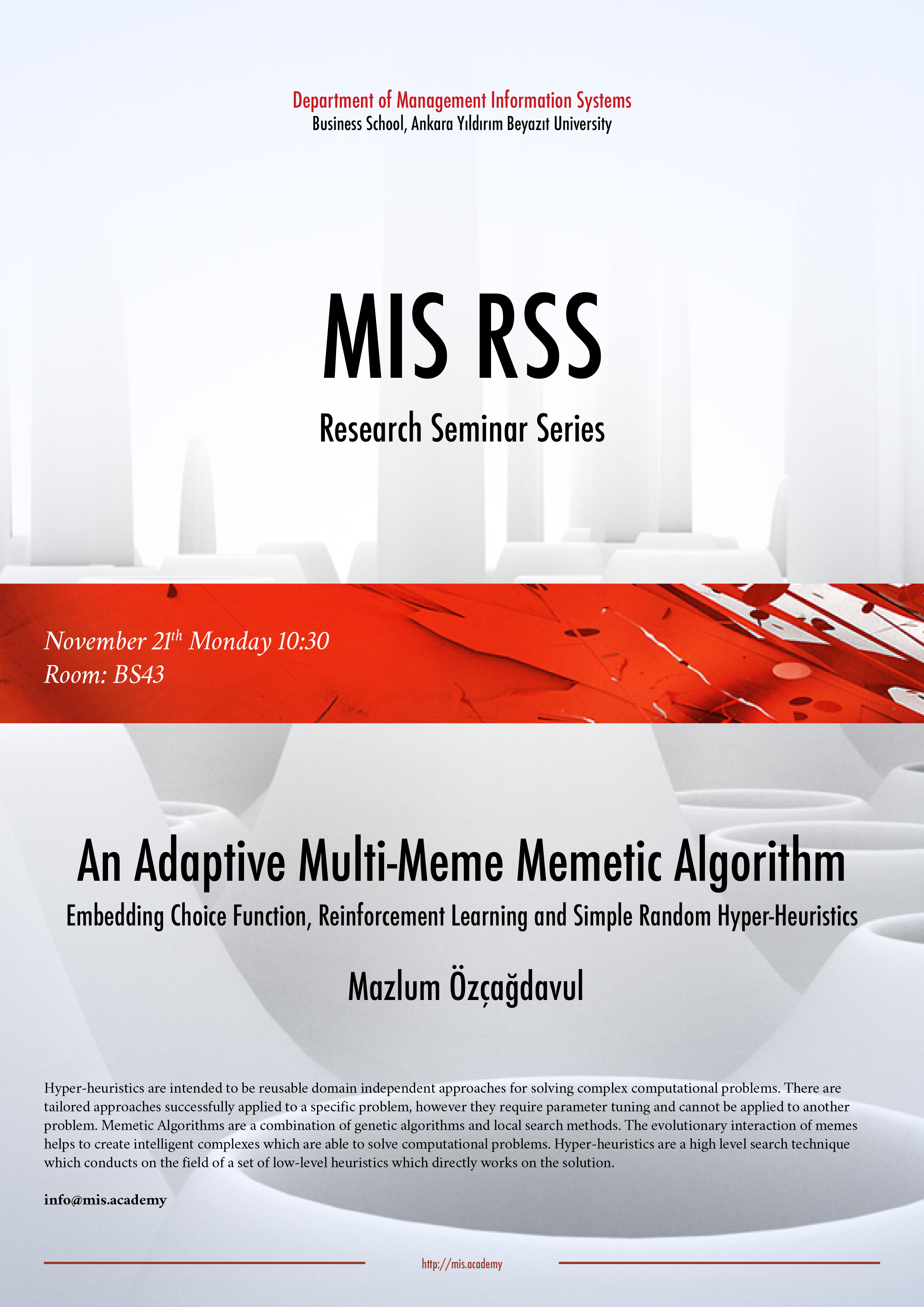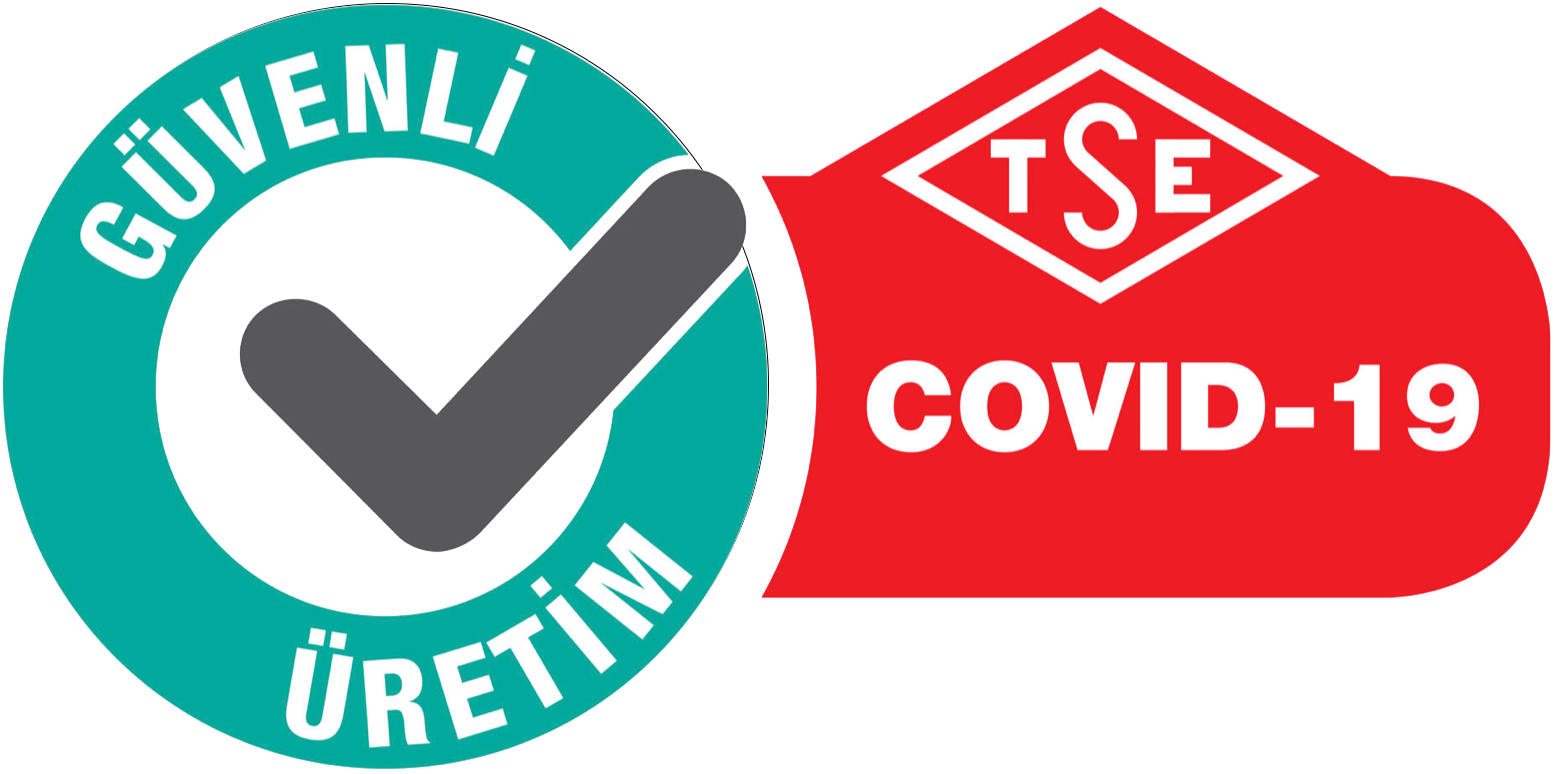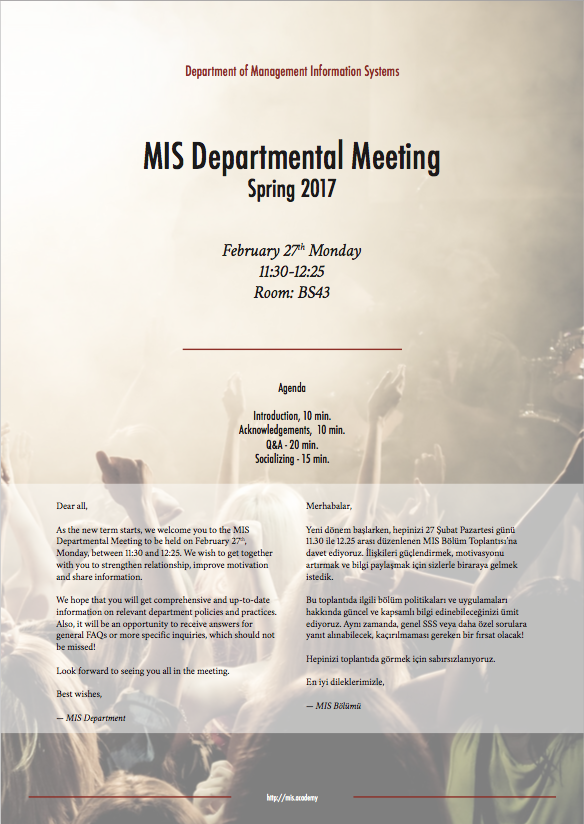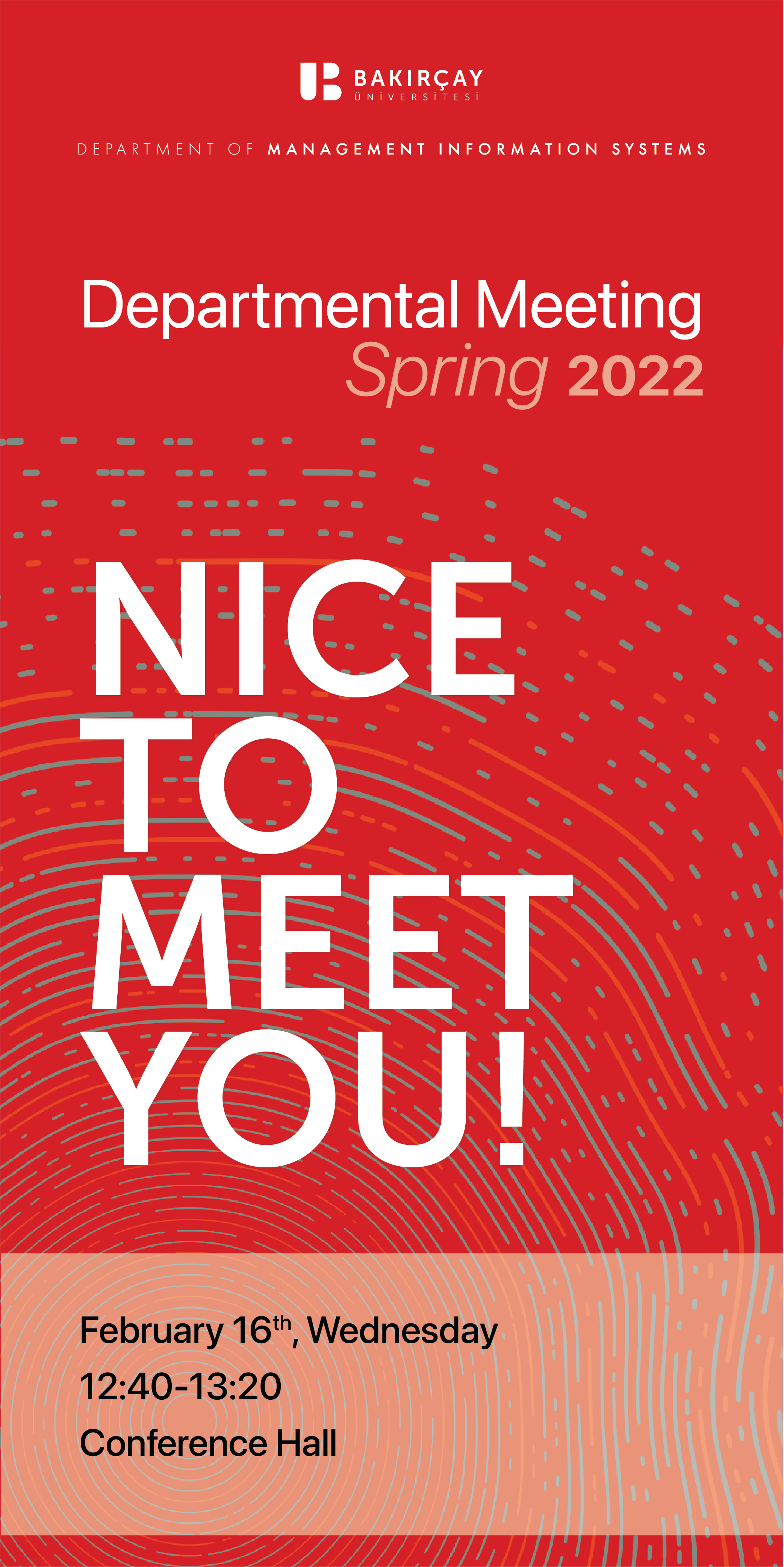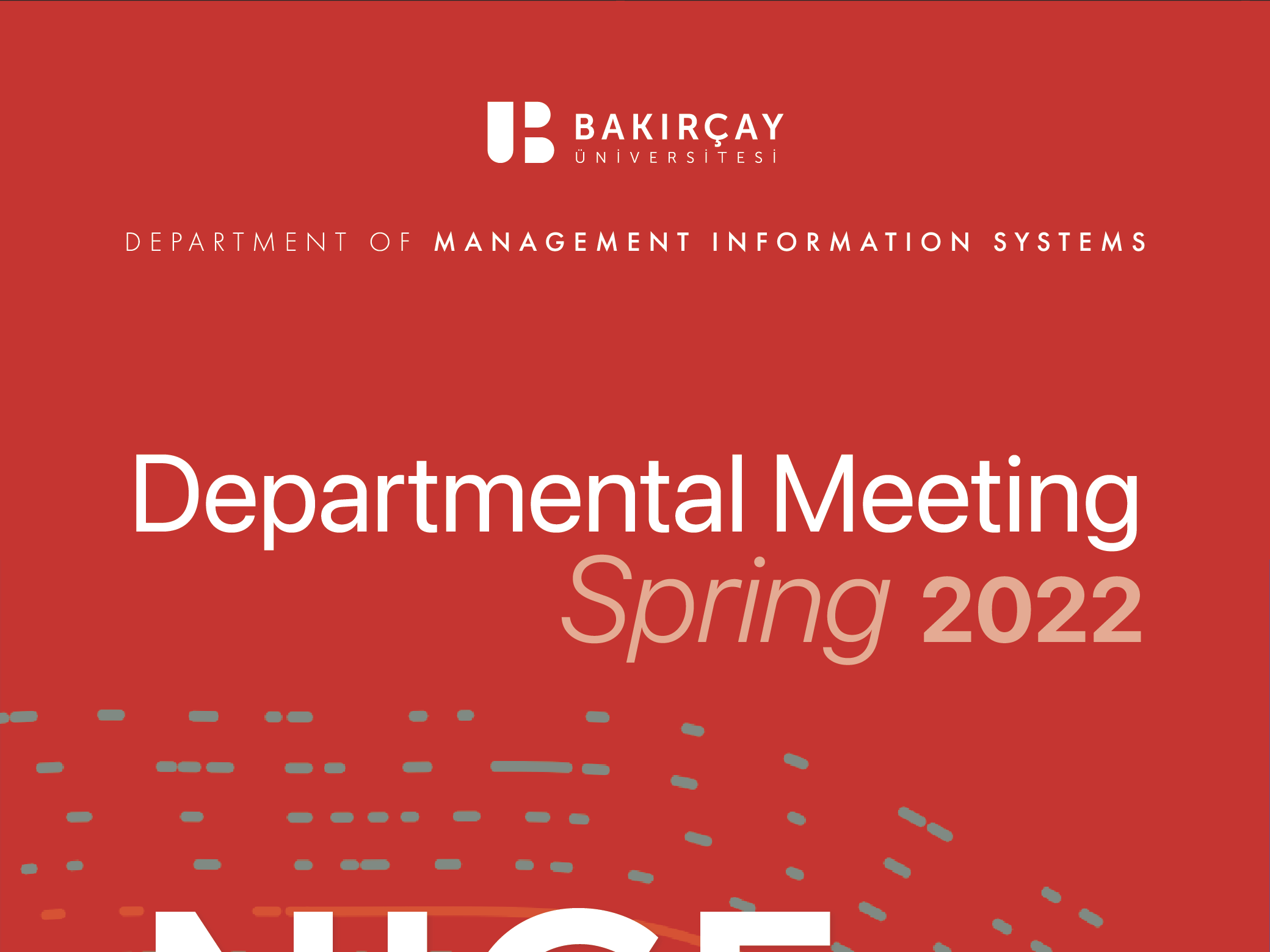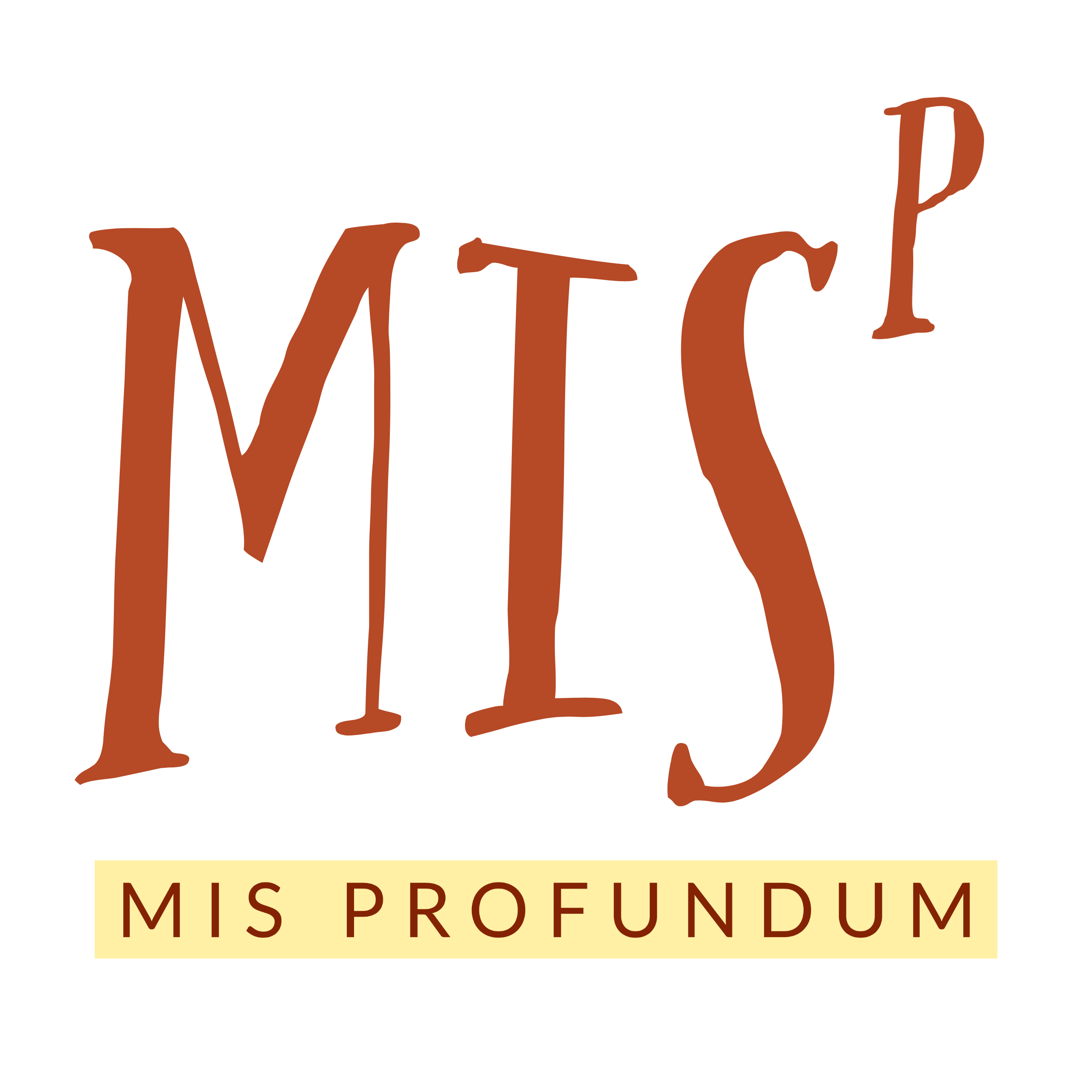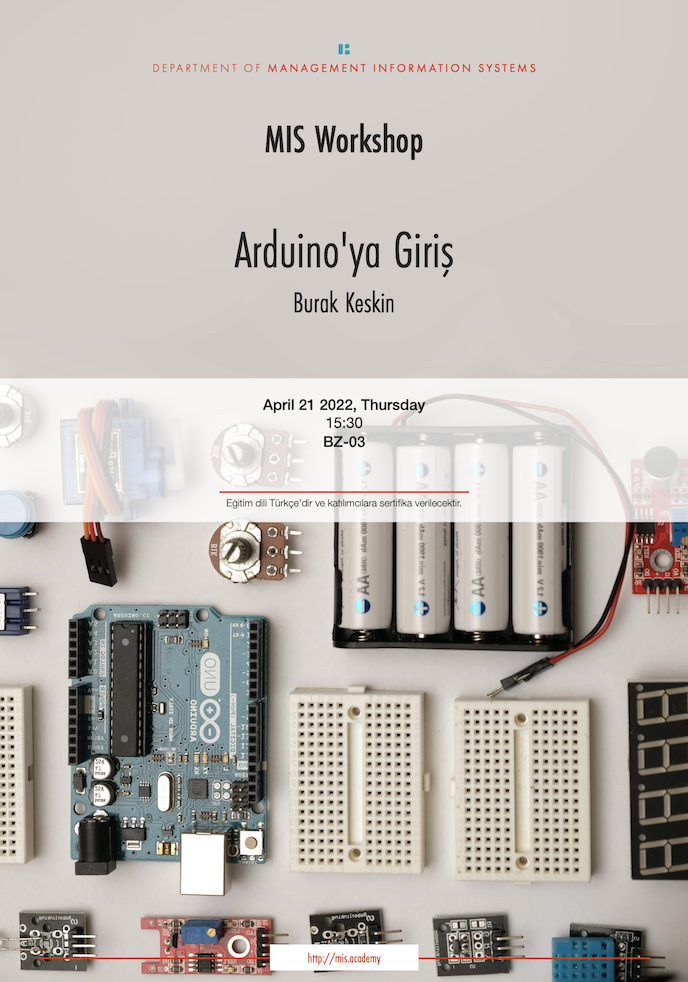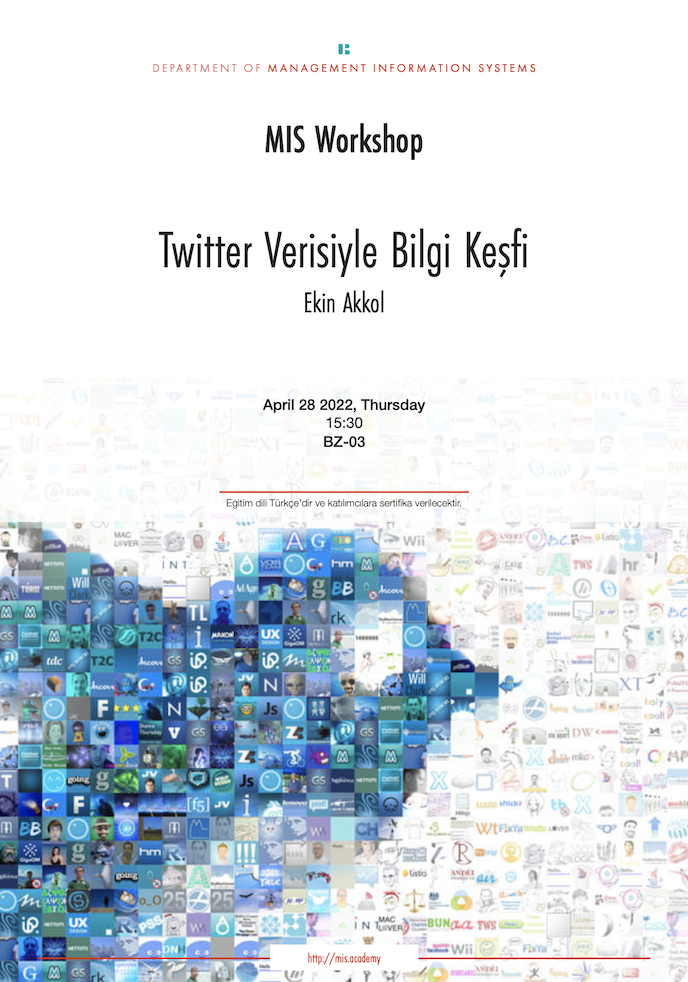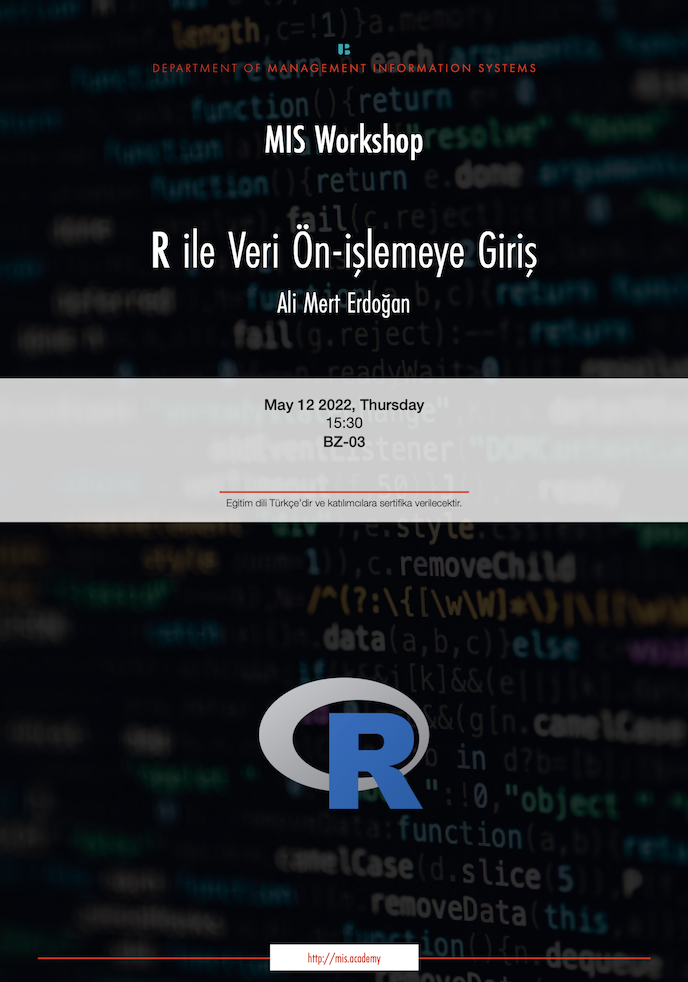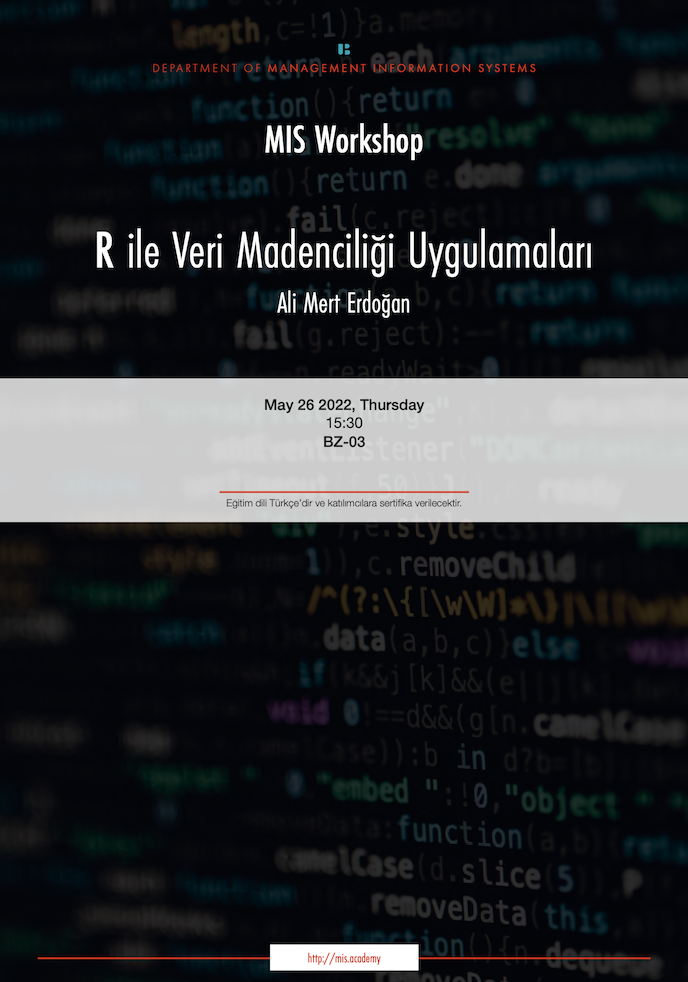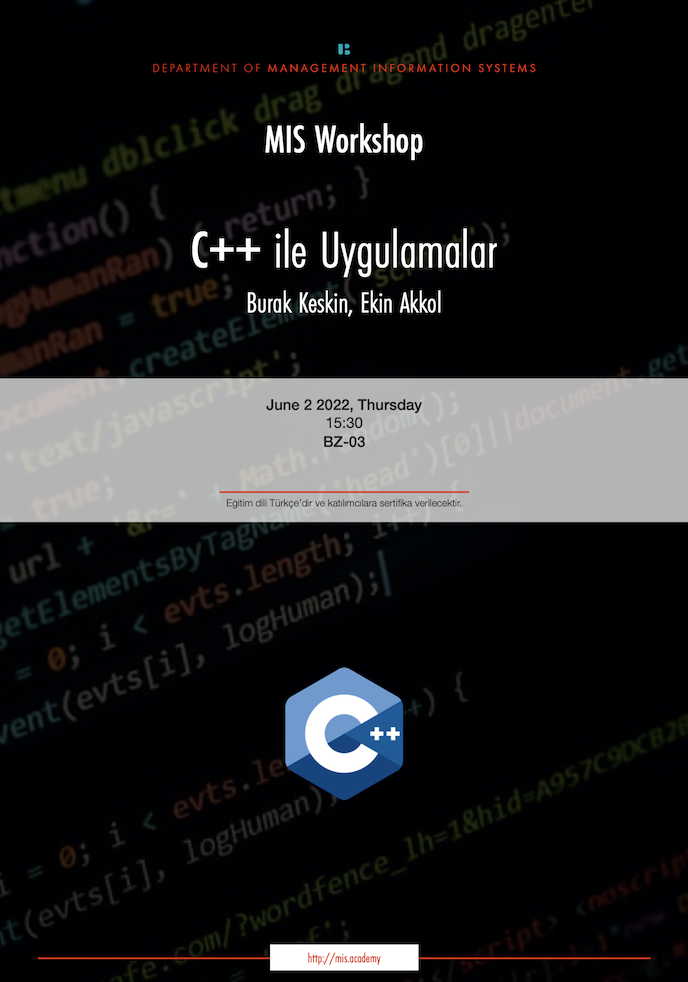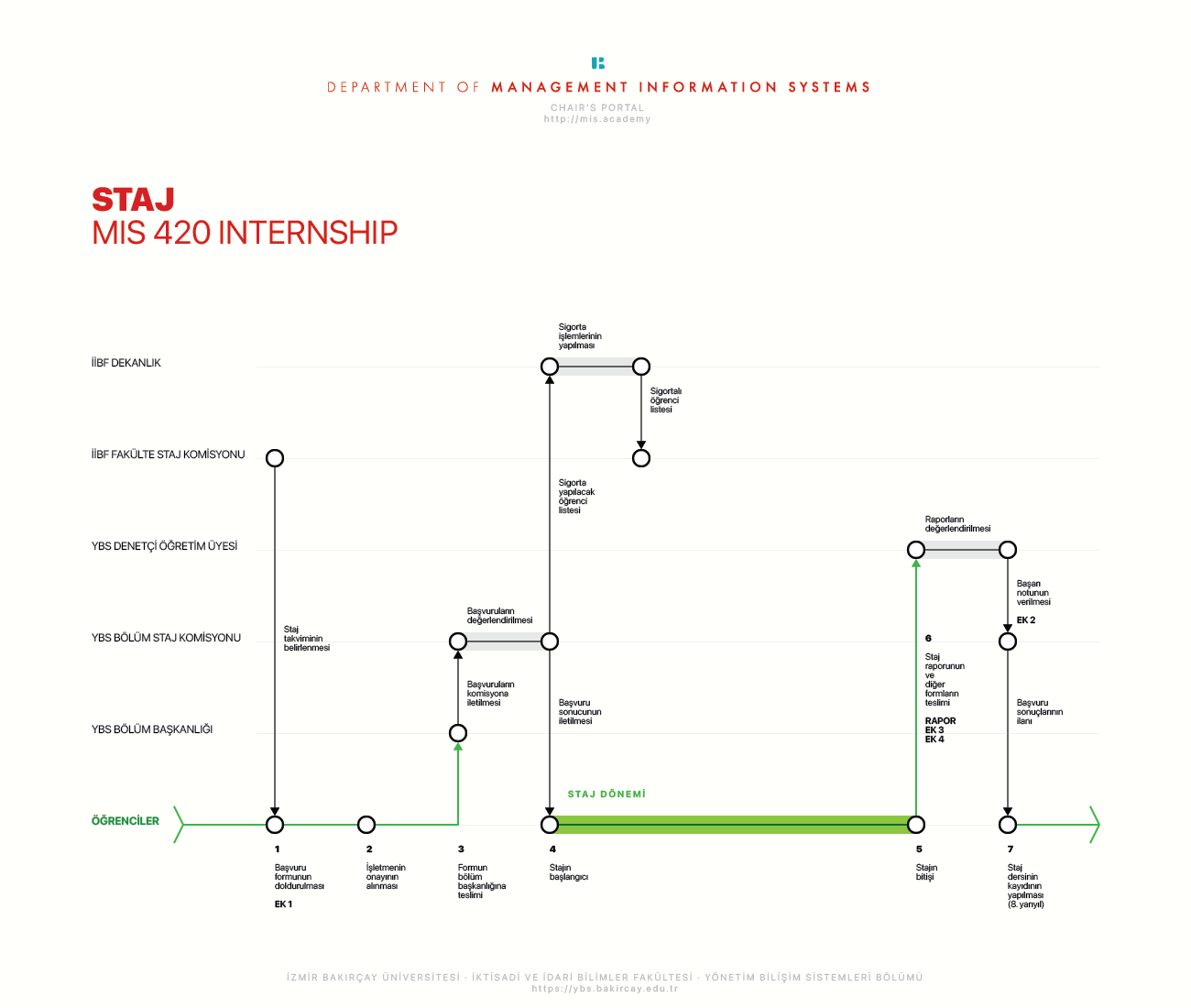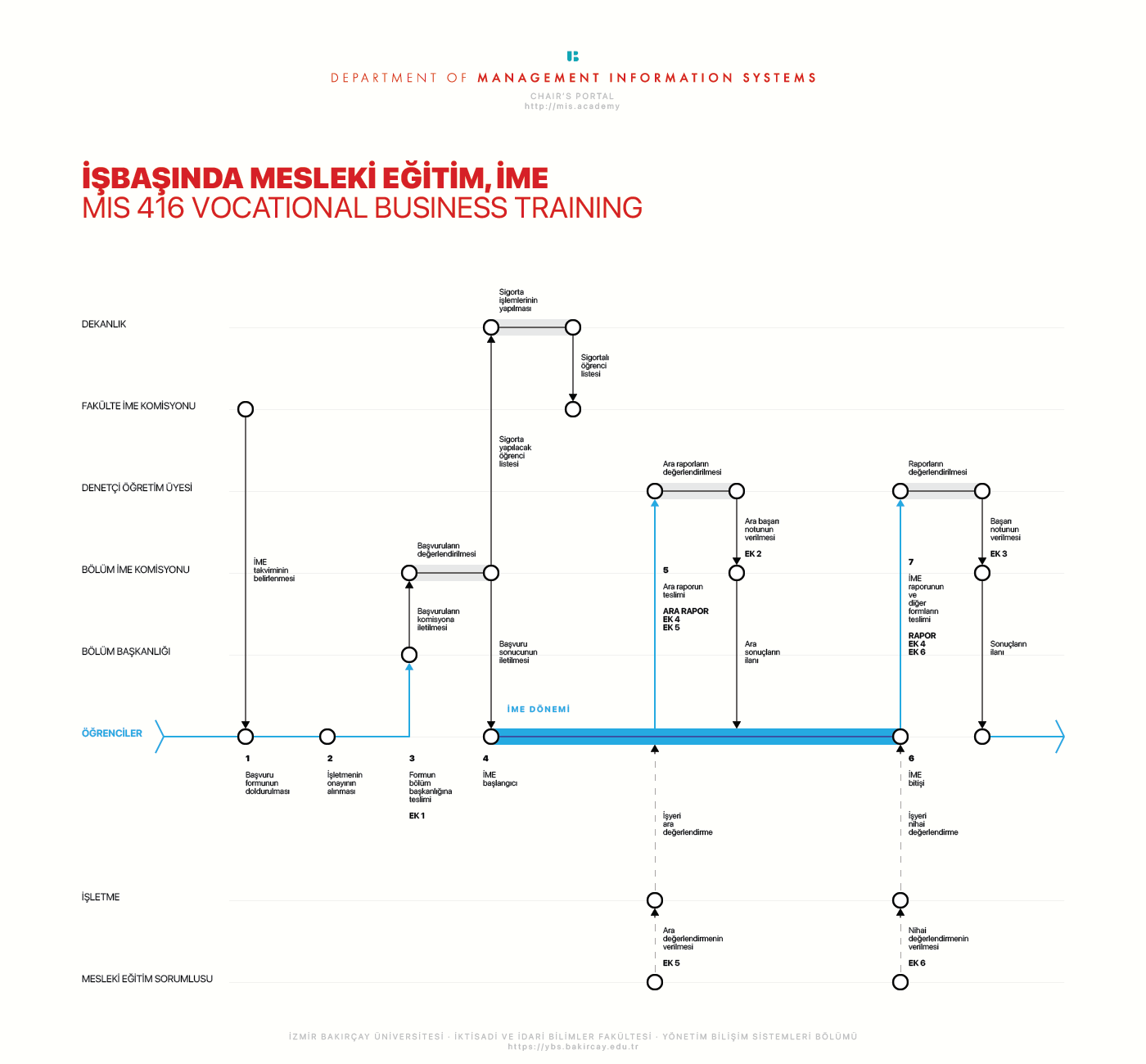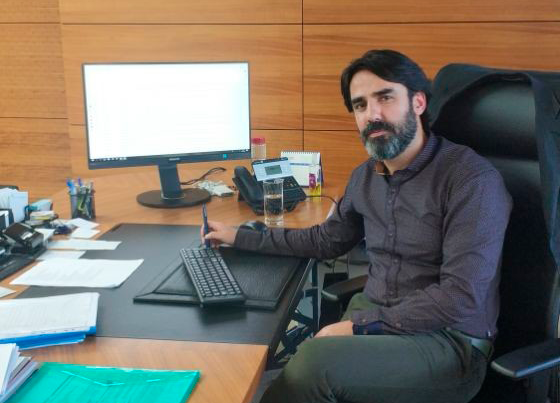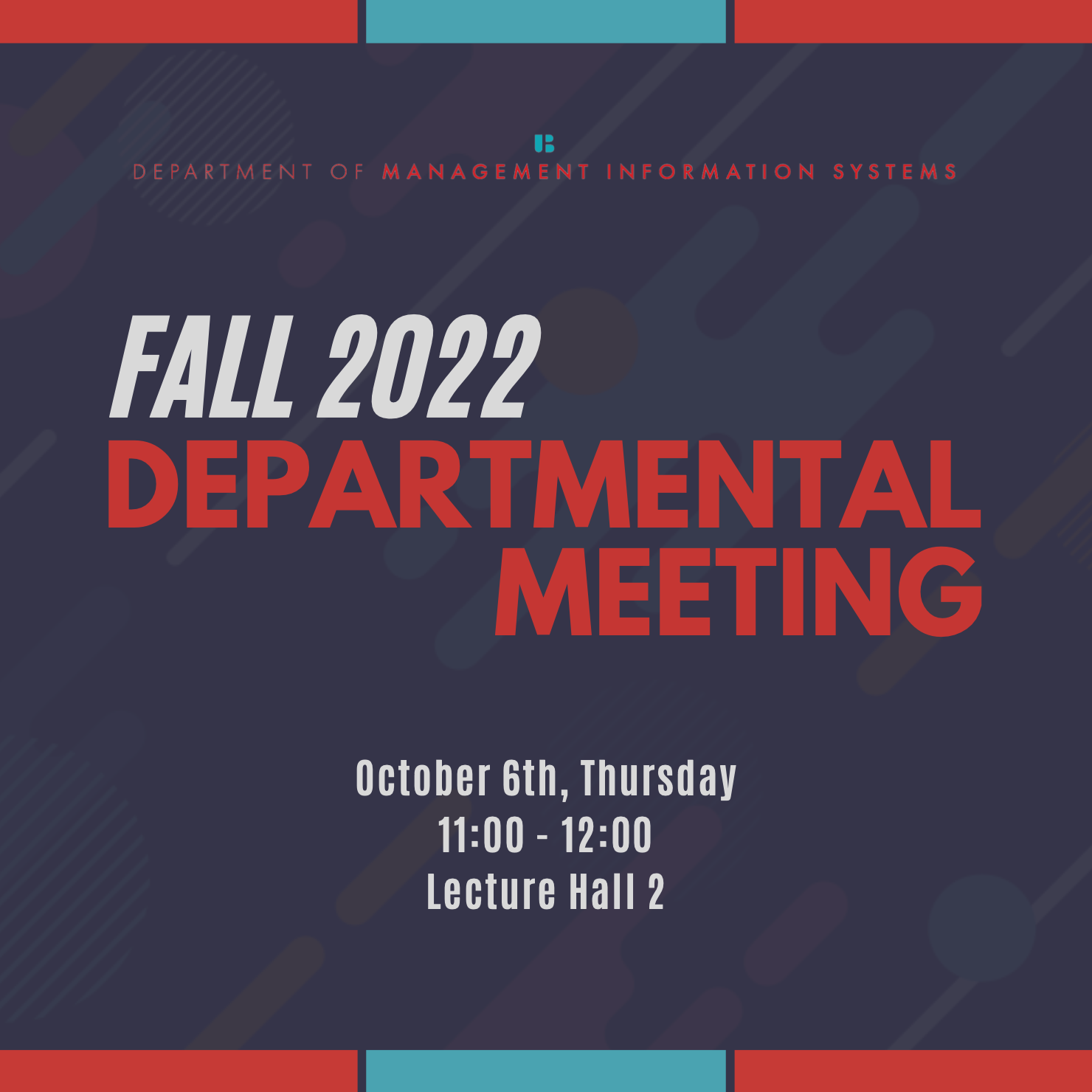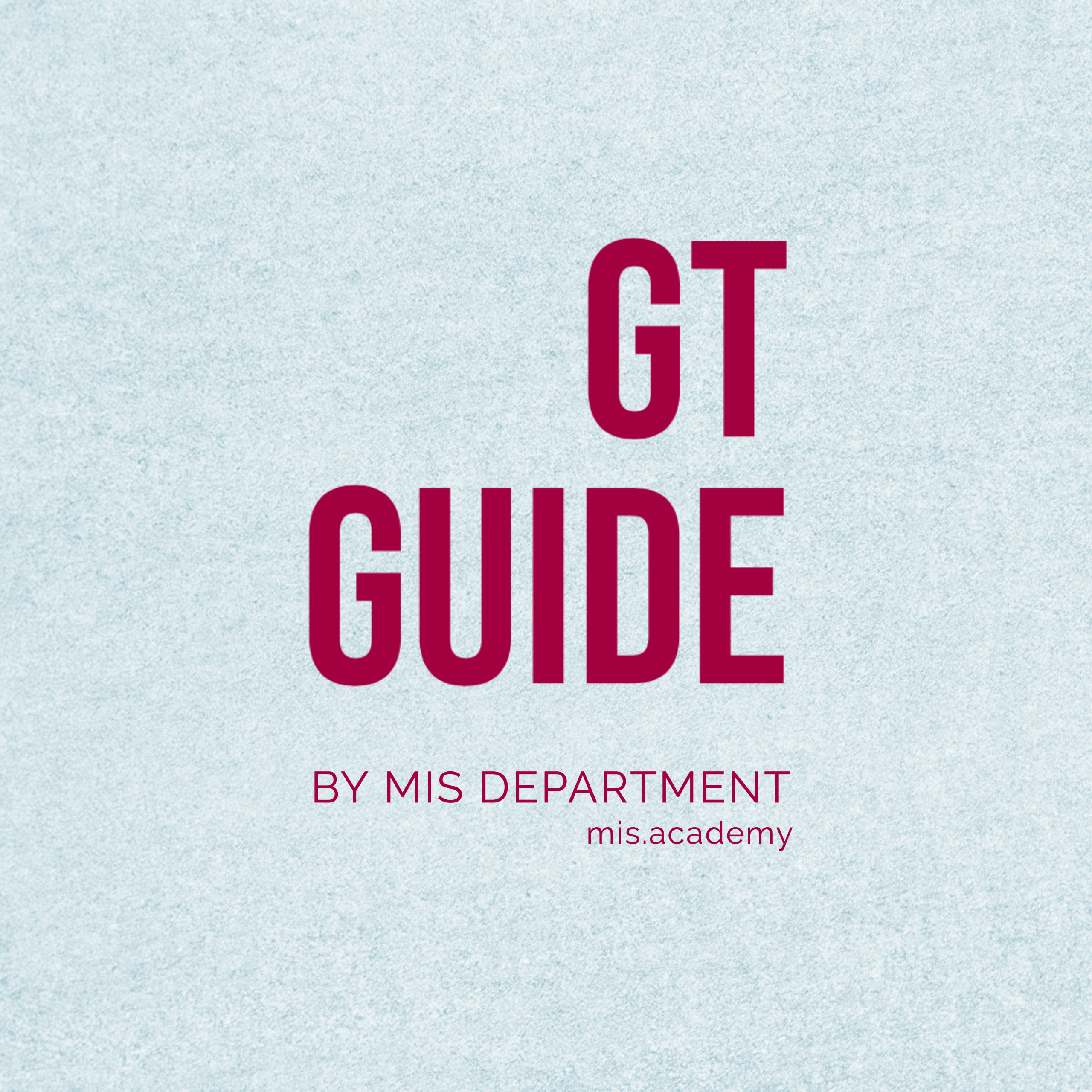|
|
| (84 intermediate revisions by the same user not shown) |
| Line 1: |
Line 1: |
| | + | __NOTOC__ |
| | + | <br> |
| | + | {|width="100%" |
| | + | | width="20%" | |
| | + | ==Images== |
| | + | [[File:Another.png]] |
| | + | |
| | + | [[File:Mis-logo-99.png]] |
| | + | |
| | + | [[File:Mis-academy-tr.png]] |
| | + | |
| | + | [[File:Mis-l.png]] |
| | + | |
| | + | [[File:Mis-logo-redesign-mycolor-flat-white-back.png]] |
| | + | |
| | + | [[File:Mis-logo-white-flat.png]] |
| | + | |
| | + | [[File:Mis-logo-black-flat.png]] |
| | + | |
| | + | [[File:Mis-logo-mycolor-flat.png]] |
| | + | |
| | + | [[File:Mis-logo-white.png]] |
| | + | |
| | + | [[File:Mis-logo-black.png]] |
| | + | |
| | + | [[File:Mis-logo-mycolor.png]] |
| | + | |
| | + | [[File:Mis-logo-redesign-2.png]] |
| | + | |
| | + | [[File:Mis-logo-redesign.png]] |
| | + | |
| | + | [[File:Mis-master-process.png]] |
| | + | |
| | + | [[File:Mis-bachelor-process.png]] |
| | + | |
| | + | [[File:Mis-undergrad-flow.png]] |
| | + | |
| | + | [[File:Bs-logo-3.png]] |
| | + | |
| | + | [[File:Bs-logo-2.png]] |
| | + | |
| | + | [[File:Bs-logo.png]] |
| | + | |
| | + | [[File:Mis-logo-21.png]] |
| | + | |
| | + | [[File:Mis-logo-red.png]] |
| | + | |
| | + | [[File:Mis.welcome.jpg]] |
| | + | |
| | + | [[File:Mis.new.jpg]] |
| | + | |
| | + | [[File:Social-media.jpg]] |
| | + | |
| | + | [[File:Fill-2.jpg]] |
| | + | |
| | + | [[File:Fill-1.jpg]] |
| | + | |
| | + | [[File:You-are-one.jpg]] |
| | + | |
| | + | [[File:Mis-toos.png]] |
| | + | |
| | + | [[File:Mis-robot.gif]] |
| | + | |
| | + | <div style="background: #000;">[[File:Mis.logo.png]]</div> |
| | + | |
| | + | [[File:Mis-in-dept(h).jpg]] |
| | + | |
| | + | [[File:New-year-2017.jpg]] |
| | + | |
| | + | [[File:Mis.approach.jpg]] |
| | + | |
| | + | [[File:Mis.approach-2.jpg]] |
| | + | |
| | + | [[File:Mis.continuous.jpg]] |
| | + | |
| | + | [[File:Mis.continuous-2.jpg]] |
| | + | |
| | + | [[File:MIS-RSS-An-Adaptive-Multi-Meme-Memetic-Algorithm.png]] |
| | + | |
| | + | [[File:MIS-499-Selection.png]] |
| | + | |
| | + | [[File:Bak-logo-white.png]] |
| | + | |
| | + | [[File:Bak-guv-kam.png]] |
| | + | |
| | + | [[File:2017-spring-departmental-meeting.png]] |
| | + | |
| | + | [[File:2022-spring-departmental-meeting.png]] |
| | + | |
| | + | [[File:Mis-meeting.png]] |
| | + | |
| | + | [[File:Picnic-event.png]] |
| | + | |
| | + | [[File:Mis-profundum.png]] |
| | + | |
| | + | [[File:Workshops-1.png]] |
| | + | |
| | + | [[File:Workshops-2.png]] |
| | + | |
| | + | [[File:Workshops-3.png]] |
| | + | |
| | + | [[File:Workshops-4.png]] |
| | + | |
| | + | [[File:Workshops-5.png]] |
| | + | |
| | + | [[File:Staj.png]] |
| | + | |
| | + | [[File:Ime.png]] |
| | + | |
| | + | [[File:Hiziroglu.png]] |
| | + | |
| | + | [[File:GP-selection.png]] |
| | + | |
| | + | [[File:GP-Guide.png]] |
| | + | |
| | + | [[File:D-meeting-2.png]] |
| | + | |
| | + | [[File:GT-Guide.png]] |
| | + | | width="30%" | |
| | + | | width="50%" | |
| | + | |
| | + | ==Pages== |
| | + | |
| | + | * [[Chair's Office]] |
| | + | * [[Course Example Page]] |
| | + | * [[Design Sandbox]] |
| | + | * [[ECTS Example Form]] |
| | + | * [[ECTS Information Packages]] |
| | + | * [[GT Guide]] |
| | + | * [[IMISC 2018]] |
| | + | * [[John Doe]] |
| | + | * [[MIS 499 Senior Project]] |
| | + | * [[Old Main Page]] |
| | + | * [[Special:SpecialPages|Special Pages]] |
| | + | * [[Turquoise (color)]] |
| | + | * [[Weekly Course Schedule of a Regular Student]] |
| | + | |
| | + | External |
| | + | *[[BAPK]] |
| | + | <hr> |
| | + | |
| | + | ==Design Something== |
| | + | * [http://hkilter.com/sk/ Sistem Kitabı] |
| | + | <hr> |
| | + | |
| | + | ==PDF Files== |
| | + | |
| | + | * [[File:Mis-departmental-meeting-spring-2022.pdf]] |
| | + | * [[File:28A.pdf]] |
| | + | * [[File:33A.pdf]] |
| | + | * [[File:2017-spring-course-schedule.pdf]] |
| | + | * [[File:2017-spring-course-schedule-v4.pdf]] |
| | + | * [[File:2017-spring-departmental-meeting.pdf]] |
| | + | * [[File:MIS-RSS-An-Adaptive-Multi-Meme-Memetic-Algorithm.pdf]] |
| | + | * [[File:MIS-499-Senior-Project.pdf]] |
| | + | * [[File:Lhsc-invitation.pdf]] |
| | + | * [[File:Lhsc-application-form.pdf]] |
| | + | * [[File:The-Field-Manual.pdf]] |
| | + | <hr> |
| | + | |
| | + | ==Logos== |
| | <html> | | <html> |
| − | <section class="section">
| + | <img src="/images/thumb/e/e3/Misx1000-1000.png/240px-Misx1000-1000.png" width="48" height="48"> |
| − | <div class="container">
| + | <p>*for people who create systems</p> |
| − | <div class="content">
| |
| − | <div class="columns">
| |
| − | <div class="column">
| |
| − | <img src="/images/thumb/e/e3/Misx1000-1000.png/240px-Misx1000-1000.png" width="48" height="48">
| |
| | <!--<img src="http://mis.academy/images/3/34/Mis-logo.svg" width="48" height="48">--> | | <!--<img src="http://mis.academy/images/3/34/Mis-logo.svg" width="48" height="48">--> |
| | <figure class="image"> | | <figure class="image"> |
| Line 34: |
Line 191: |
| | </svg> | | </svg> |
| | </figure> | | </figure> |
| − | </div>
| |
| − | </div>
| |
| − | </div>
| |
| − | </div>
| |
| − | </section>
| |
| | </html> | | </html> |
| − | | + | |} |
| − | [[Chair's Office]]
| + | <br> |
| − | | |
| − | [[File:Mis.approach.jpg]]
| |
| − | | |
| − | [[File:Mis.continuous.jpg]]
| |
| − | | |
| − | [[File:MIS-RSS-An-Adaptive-Multi-Meme-Memetic-Algorithm.pdf]]
| |
| − | | |
| − | [[Media:MIS-RSS-An-Adaptive-Multi-Meme-Memetic-Algorithm.png]]
| |
| − | | |
| − | {{ECTS
| |
| − | | COURSE UNIT CODE = MIS 517 | |
| − | | COURSE UNIT TITLE = Information Systems Cases
| |
| − | | DEPARTMENT = Department of Management Systems Master's Degree Program
| |
| − | | SEMESTER = 1. Semester, Fall
| |
| − | | EDUCATION METHODS =
| |
| − | | Lecture = 42
| |
| − | | Recitation/Étude =
| |
| − | | Project/Field Study =
| |
| − | | Homework = 198
| |
| − | | Other = 10
| |
| − | | Total = 250
| |
| − | | ECTS CREDIT = 10
| |
| − | | LANGUAGE = English
| |
| − | | COMPULSORY/OPTIONAL = Optional
| |
| − | | PREREQUISITES = None
| |
| − | | MODE = Face to Face
| |
| − | | COURSE DESCRIPTION = Catalyzed by information technologies, the field of information systems (IS) has evolved - and information, knowledge, information technologies and their manifestations at the individual, group, organizational and inter-organizational levels are becoming increasing important and profound. Potential researchers in this area have tremendous opportunities to traverse growing and changing knowledge gaps regarding the transformational aspects of information technologies in business, organizations and society.
| |
| − | | |
| − | The burgeoning information technology catalyst has propelled the ”field” of IS from one that was consistently challenged as a business school discipline, to one that is relatively more accepted within the academic context. The field has struggled with definitional issues and credibility but IS researchers have responded through self-governance and enforcement of standards in the conduct and quality of research.
| |
| − | | |
| − | Today, IS research is comparable in rigor to the best disciplines within the social sciences. The field as it stands today, is very much influenced by its foundational thinkers who stimulated debate on (what was then considered) new and different perspectives. It also draws from a number of diverse theoretical lenses many of which are adapted from related (reference) disciplines. It is important for a new student venturing into this area to construct his or her own schema of the field so that new knowledge can be effectively synthesized. To do this, it is useful to understand key points in the field over both time and domain. This course is intended to provide you with these key points by cases. Over time, we look at influential (classical) papers and cases that made a difference in the field. Over domain, we examine key but necessarily incomplete theoretical underpinnings of the discipline and theory-practice gap.
| |
| − | | COURSE PURPOSES =
| |
| − | This course is intended to provide you with these key points by cases. Over time, we look at influential (classical) papers and cases that made a difference in the field. Over domain, we examine key but necessarily incomplete theoretical underpinnings of the discipline and theory-practice gap.
| |
| − | | LEARNING OUTCOMES =
| |
| − | The students who succeeded in this course;
| |
| − | * will be able to explain (1) the relationships among management, information, and systems; (2) the relationship between a manager’s need for information and his/her position in the organization; and (3) how information technology can be used by a business organization to gain a competitive advantage.
| |
| − | * will be able to understand (1) the types of information systems that are needed to support the various levels of a business enterprise; and (2) the process of analyzing, designing, and developing an information system.
| |
| − | * will have an opportunity to develop (1) an understanding of the needs for and roles of management information systems (MIS) within business organizations; (2) an awareness of critical issues faced by the MIS profession, including international information flow, legal and ethical issues of information usage, and security and privacy of data resources; (3) problem solving and managerial decision making skills using information systems and information technology.
| |
| − | | REQUIRED TEXTBOOK AND ADDITIONAL REFERENCES =
| |
| − | | ASSESSMENT METHODS =
| |
| − | | Assessment Method 1 = Conversation starters, class preparation, participation, and leadership
| |
| − | | Assessment Method 1 Frequency = 12
| |
| − | | Assessment Method 1 Contribution = 40
| |
| − | | Assessment Method 2 = Case or Working paper and its presentation (Details will be provided in the first week of class.)
| |
| − | | Assessment Method 2 Frequency = 1
| |
| − | | Assessment Method 2 Contribution = 40
| |
| − | | Assessment Method 3 = Write-ups on readings
| |
| − | | Assessment Method 3 Frequency = 12
| |
| − | | Assessment Method 3 Contribution = 20
| |
| − | | Assessment Method 4 =
| |
| − | | Assessment Method 4 Frequency =
| |
| − | | Assessment Method 4 Contribution =
| |
| − | | Assessment Method 5 =
| |
| − | | Assessment Method 5 Frequency =
| |
| − | | Assessment Method 5 Contribution =
| |
| − | | LECTURER = Assoc. Prof. H. Kemal İlter, B.Eng, M.B.A., Ph.D.
| |
| − | | TEACHING ASSISTANT = N/A
| |
| − | | ATTENDANCE = Class attendance is necessary to succeed in this course. Students who miss more than two classes will fail.
| |
| − | | COURSE OUTLINE = As the instructor I reserve the right to modify this syllabus at any time. Such changes will be announced during class meetings. You are responsible for ensuring that your syllabus is current.
| |
| − | | COURSE CONTENT =
| |
| − | | WEEK 1 TOPIC =
| |
| − | | WEEK 1 READINGS =
| |
| − | | WEEK 2 TOPIC =
| |
| − | | WEEK 2 READINGS =
| |
| − | | WEEK 3 TOPIC =
| |
| − | | WEEK 3 READINGS =
| |
| − | | WEEK 4 TOPIC =
| |
| − | | WEEK 4 READINGS =
| |
| − | | WEEK 5 TOPIC =
| |
| − | | WEEK 5 READINGS =
| |
| − | | WEEK 6 TOPIC =
| |
| − | | WEEK 6 READINGS =
| |
| − | | WEEK 7 TOPIC =
| |
| − | | WEEK 7 READINGS =
| |
| − | | WEEK 8 TOPIC =
| |
| − | | WEEK 8 READINGS =
| |
| − | | WEEK 9 TOPIC =
| |
| − | | WEEK 9 READINGS =
| |
| − | | WEEK 10 TOPIC =
| |
| − | | WEEK 10 READINGS =
| |
| − | | WEEK 11 TOPIC =
| |
| − | | WEEK 11 READINGS =
| |
| − | | WEEK 12 TOPIC =
| |
| − | | WEEK 12 READINGS =
| |
| − | | WEEK 13 TOPIC =
| |
| − | | WEEK 13 READINGS =
| |
| − | | WEEK 14 TOPIC =
| |
| − | | WEEK 14 READINGS =
| |
| − | | WEEK 15 TOPIC =
| |
| − | | WEEK 15 READINGS =
| |
| − | | COURSE CATEGORY =
| |
| − | | Physical Sciences =
| |
| − | | Life Sciences =
| |
| − | | Social Sciences = 60
| |
| − | | Formal Sciences = 30
| |
| − | | Applied Sciences = 10
| |
| − | }}
| |

